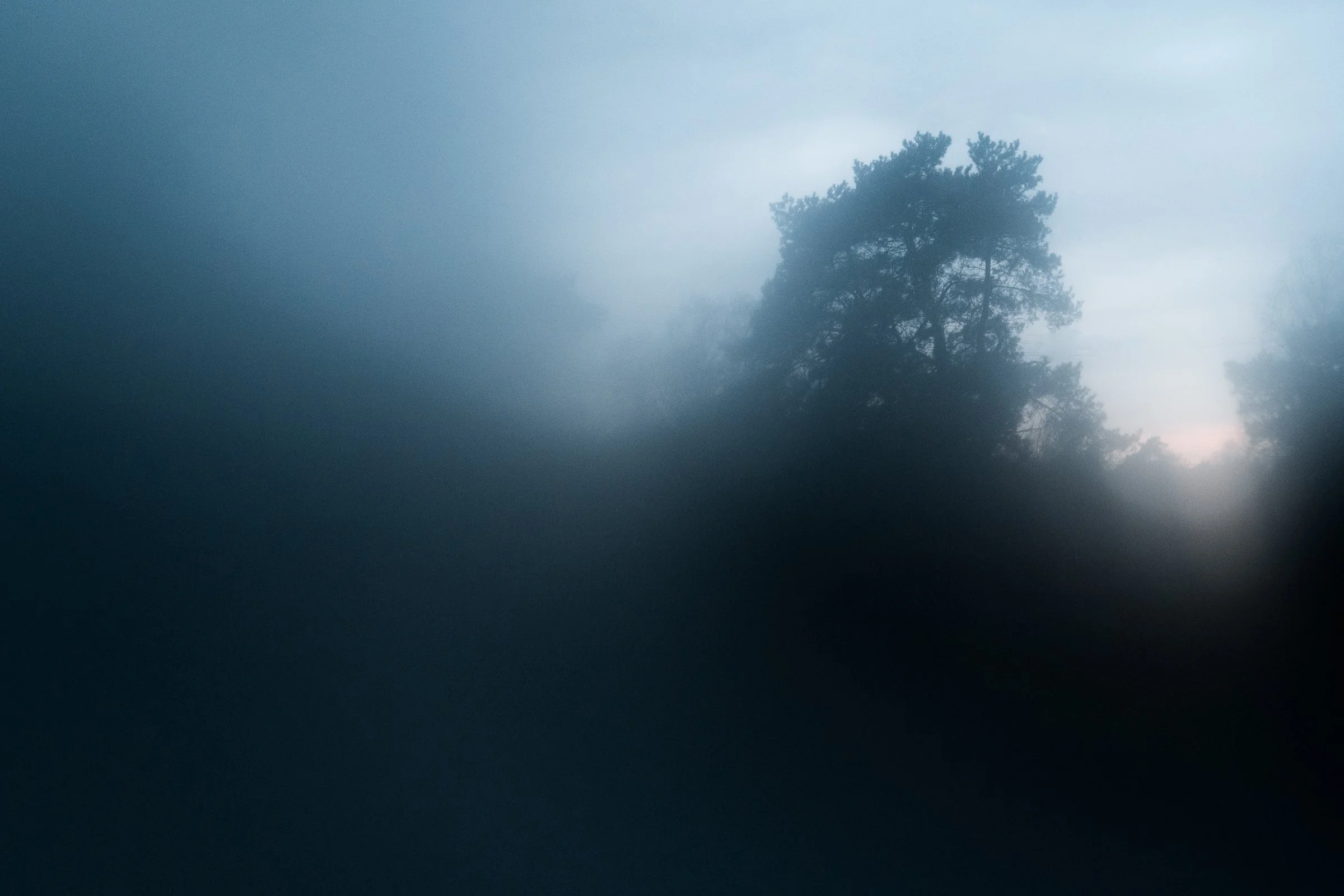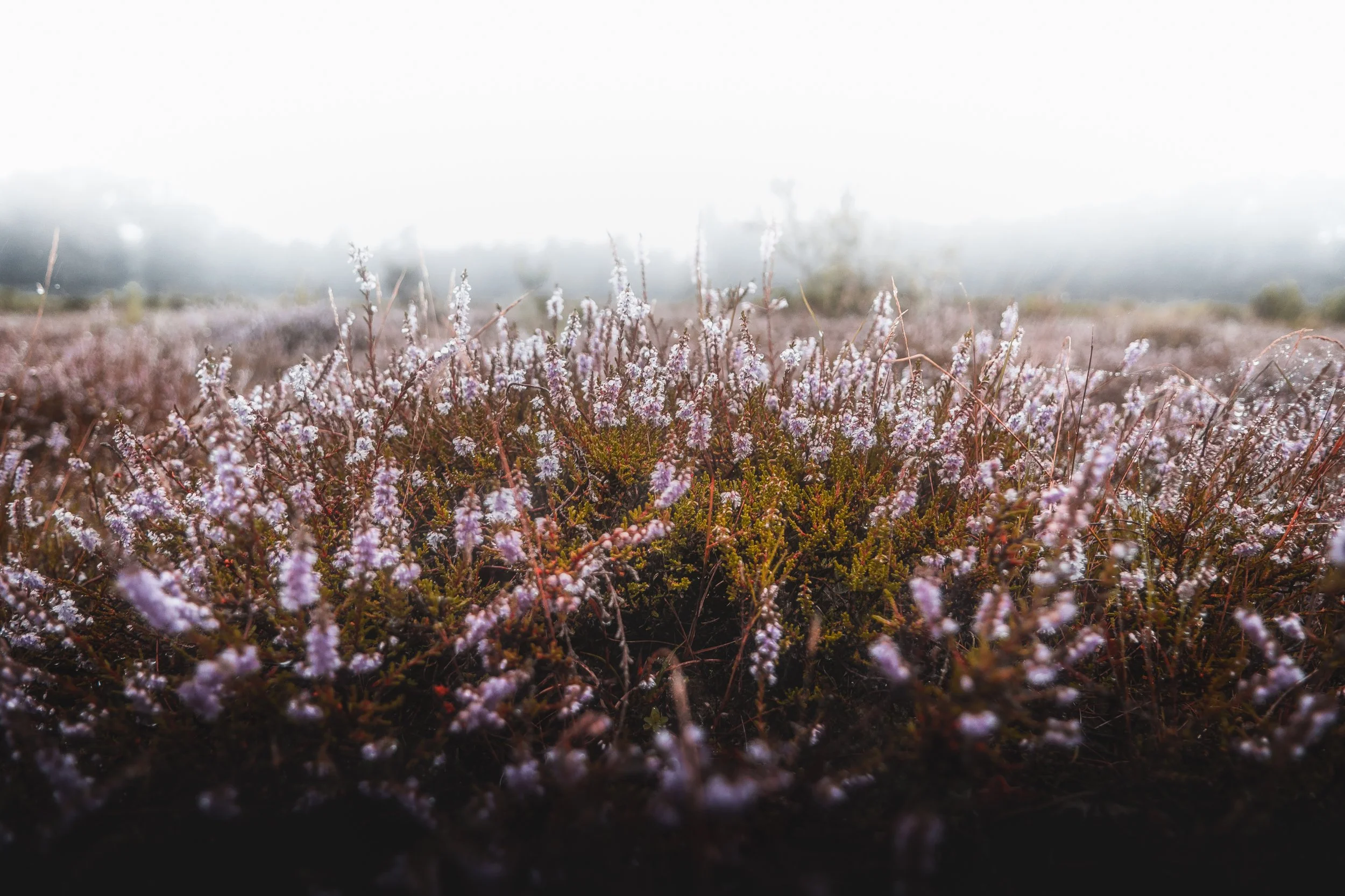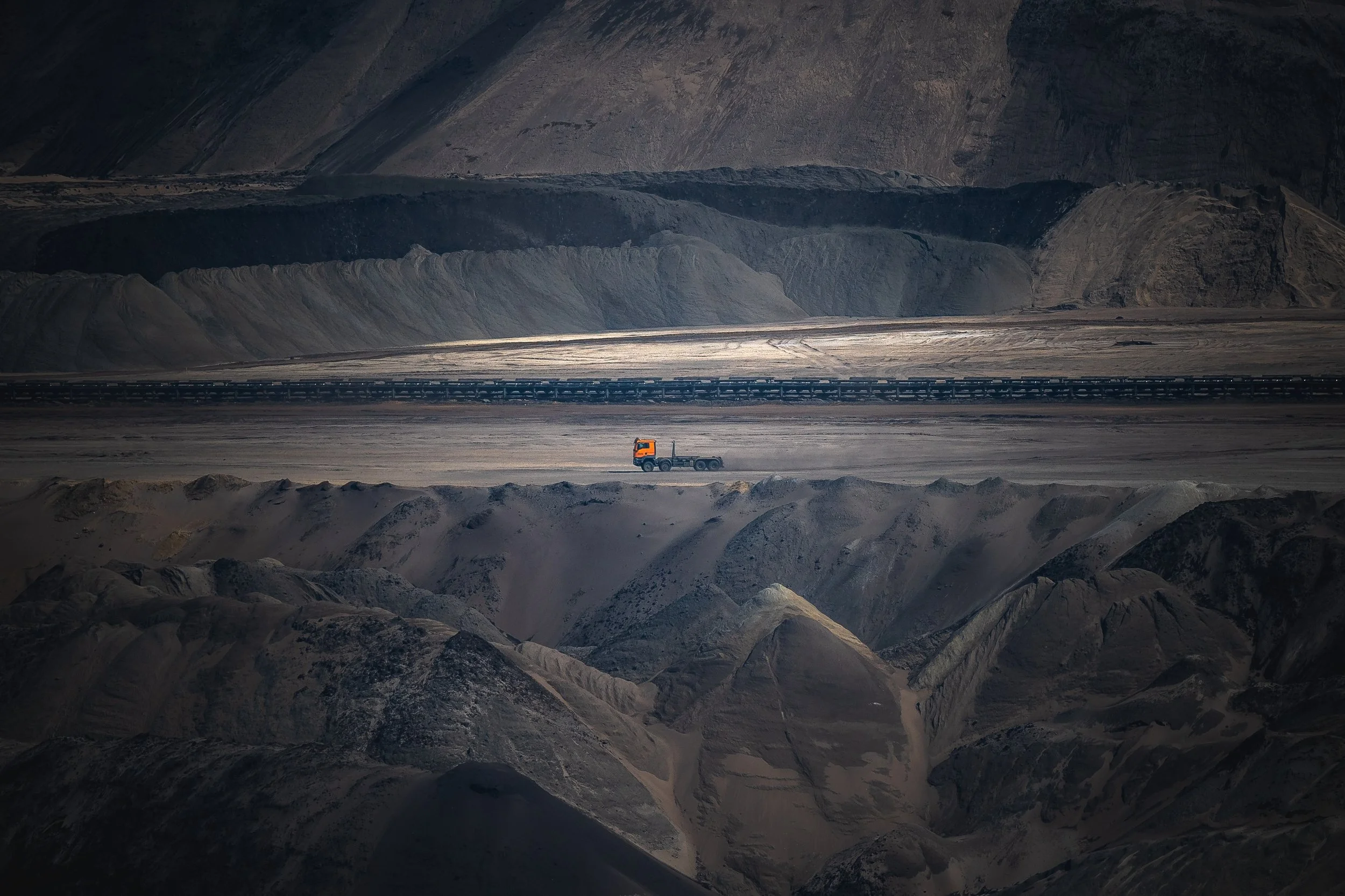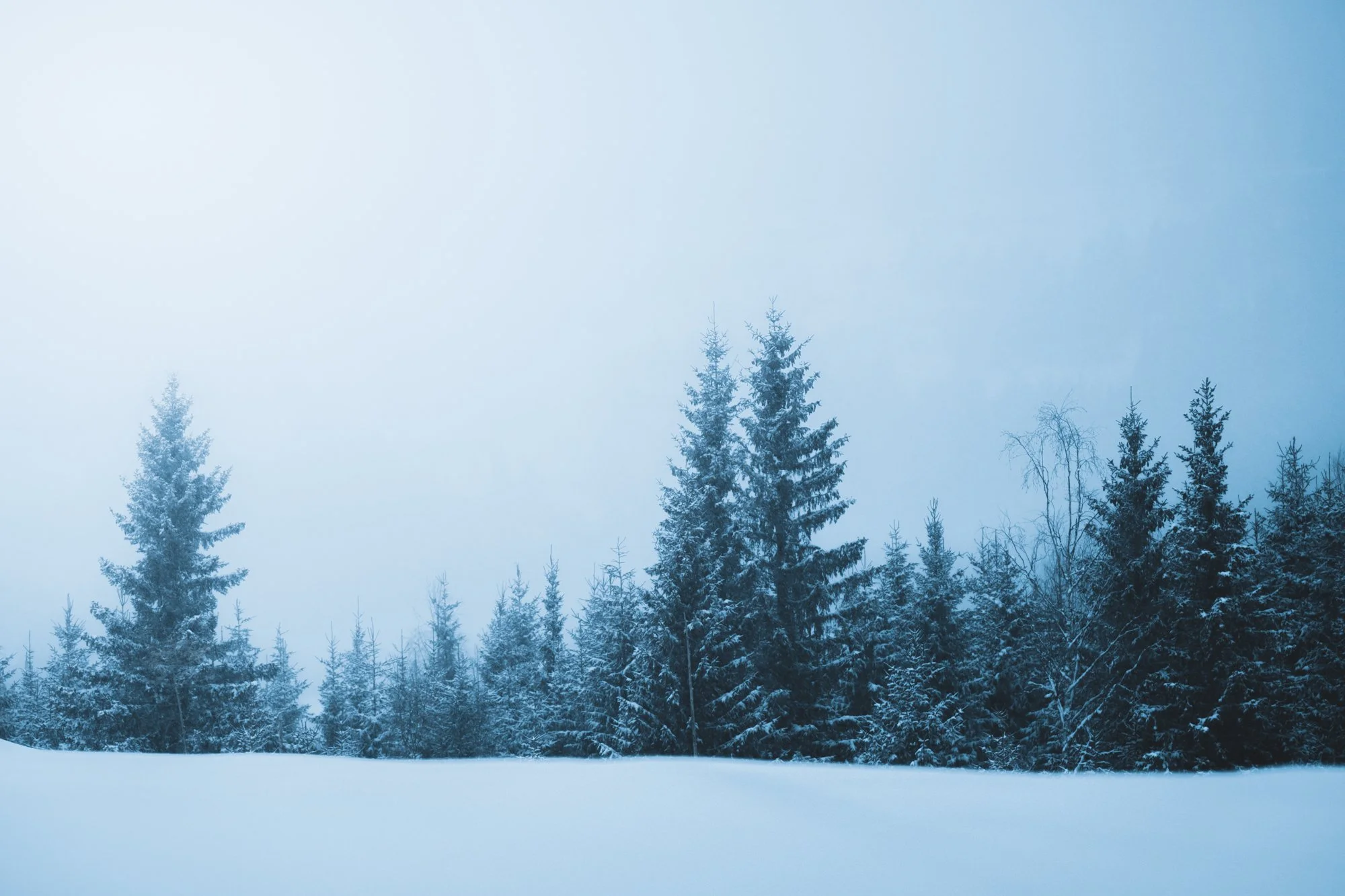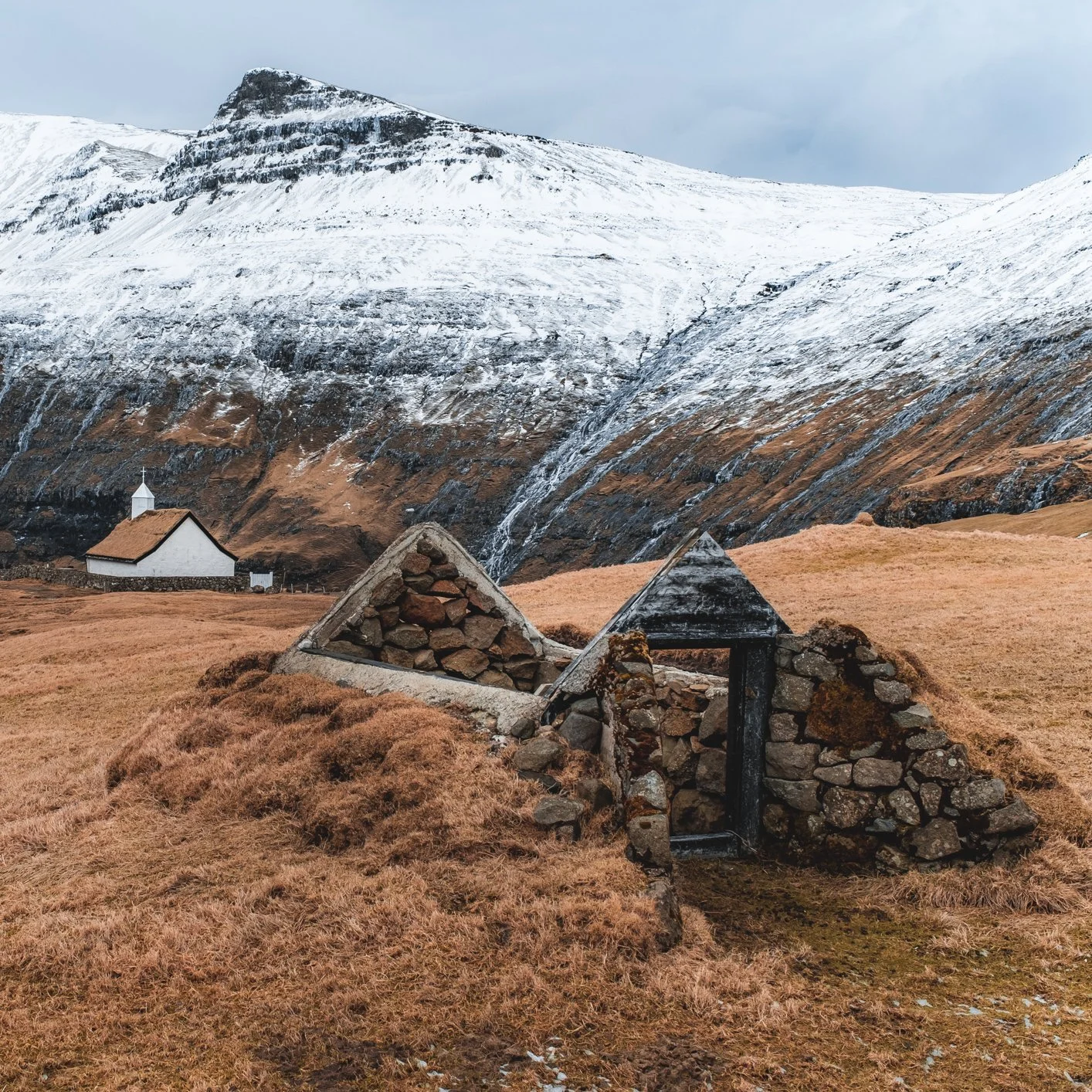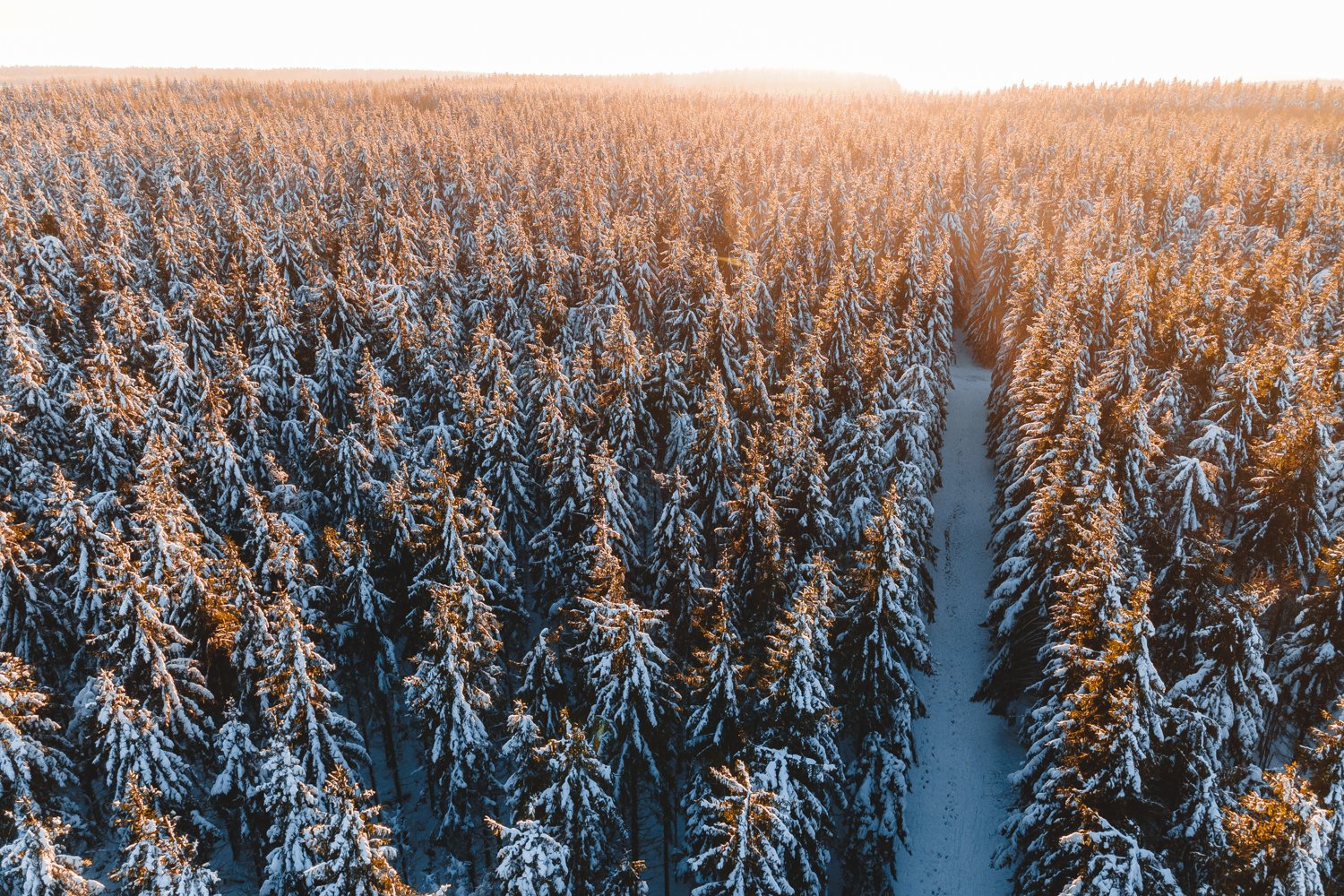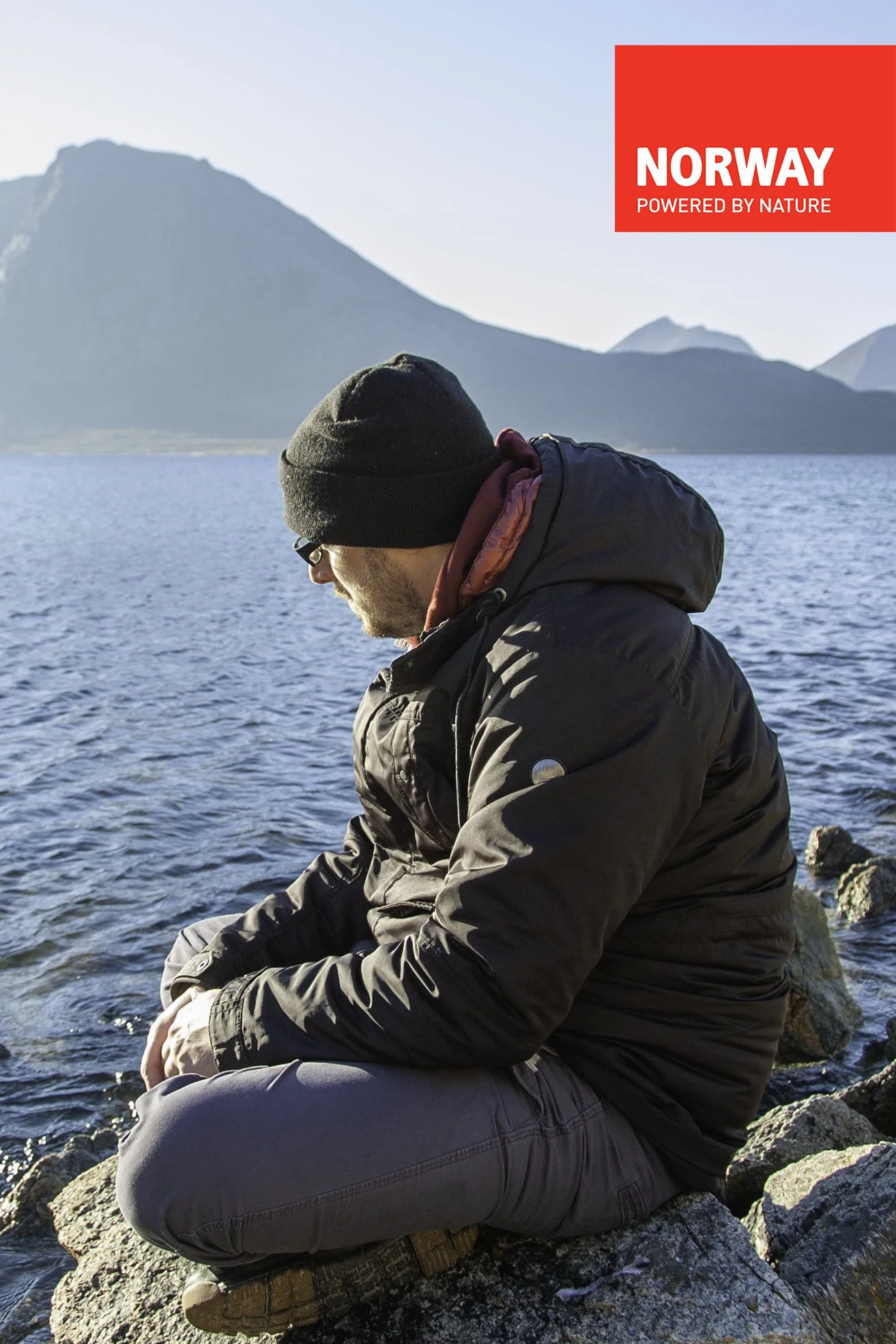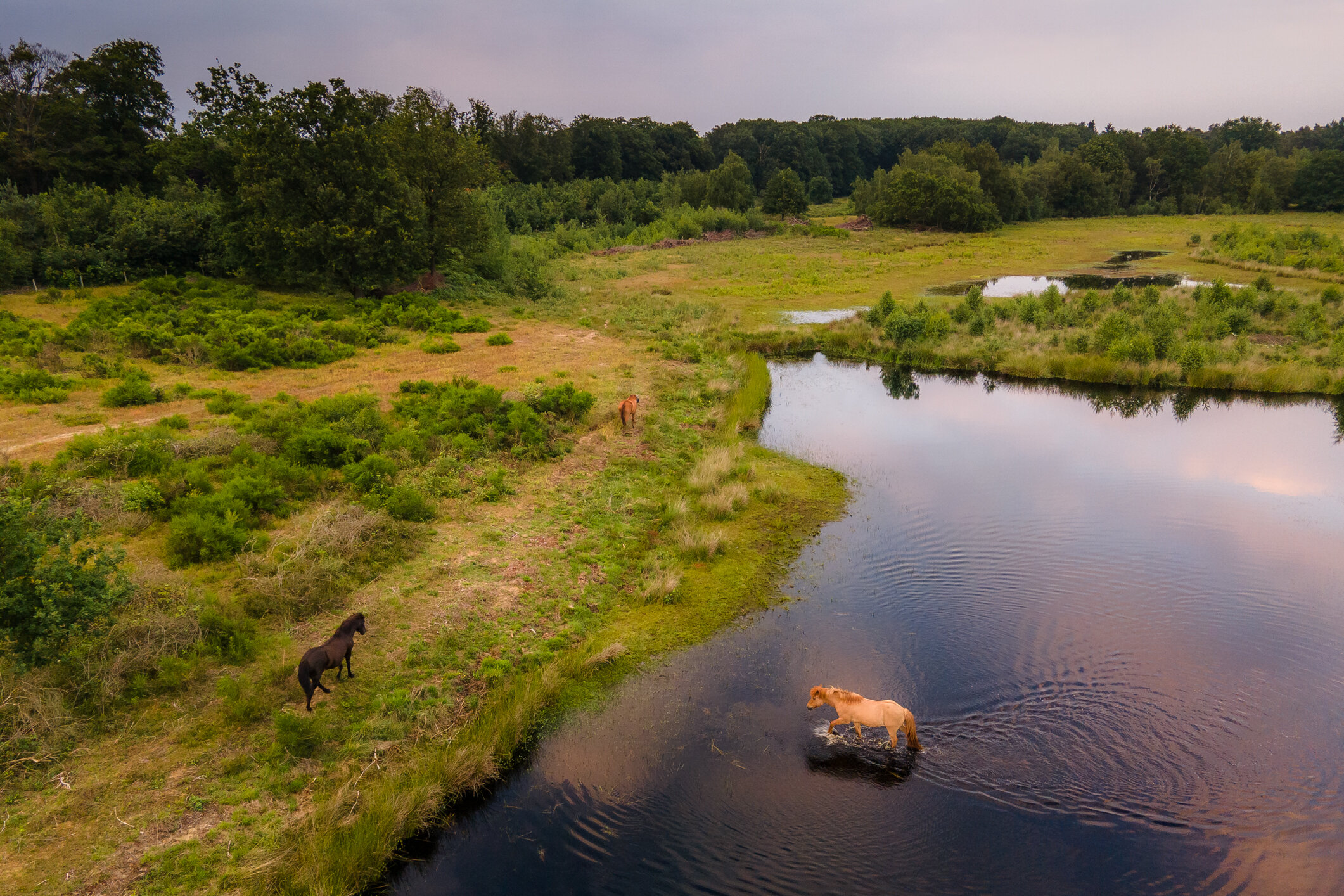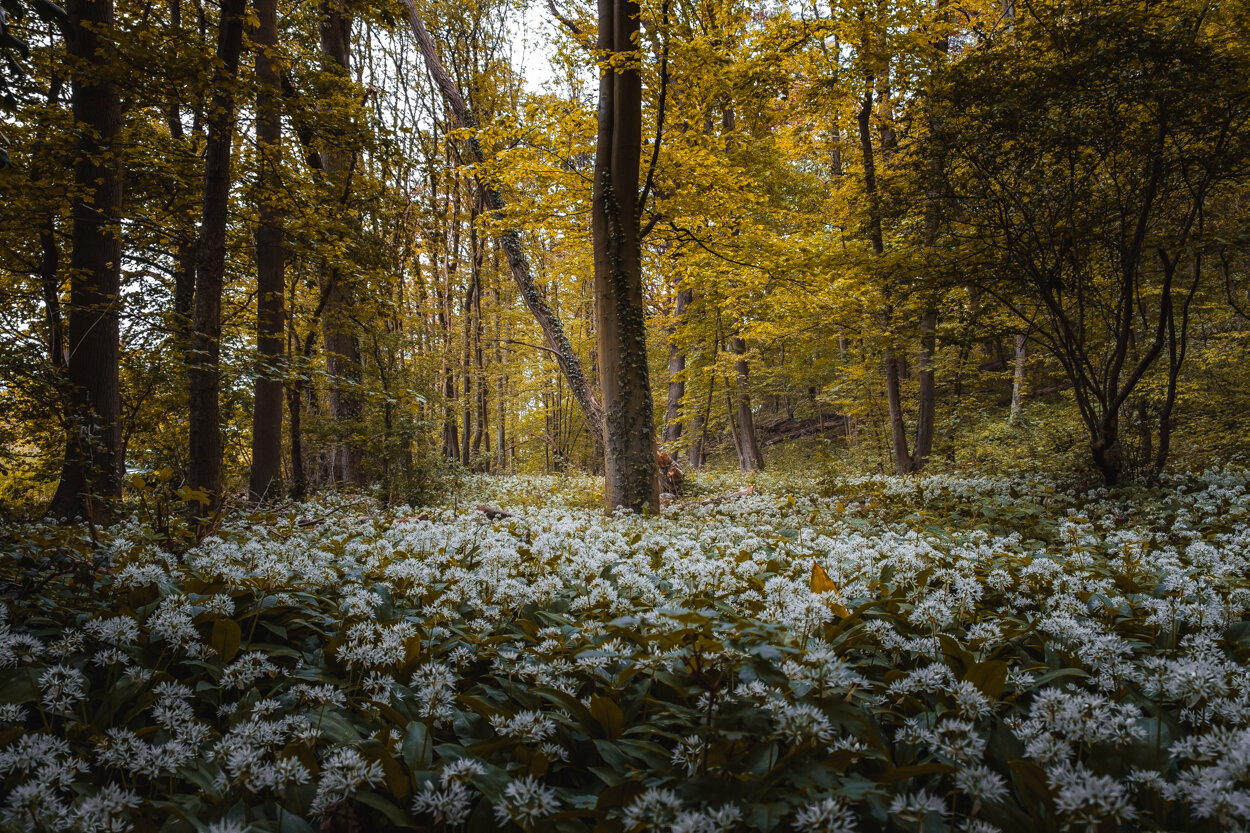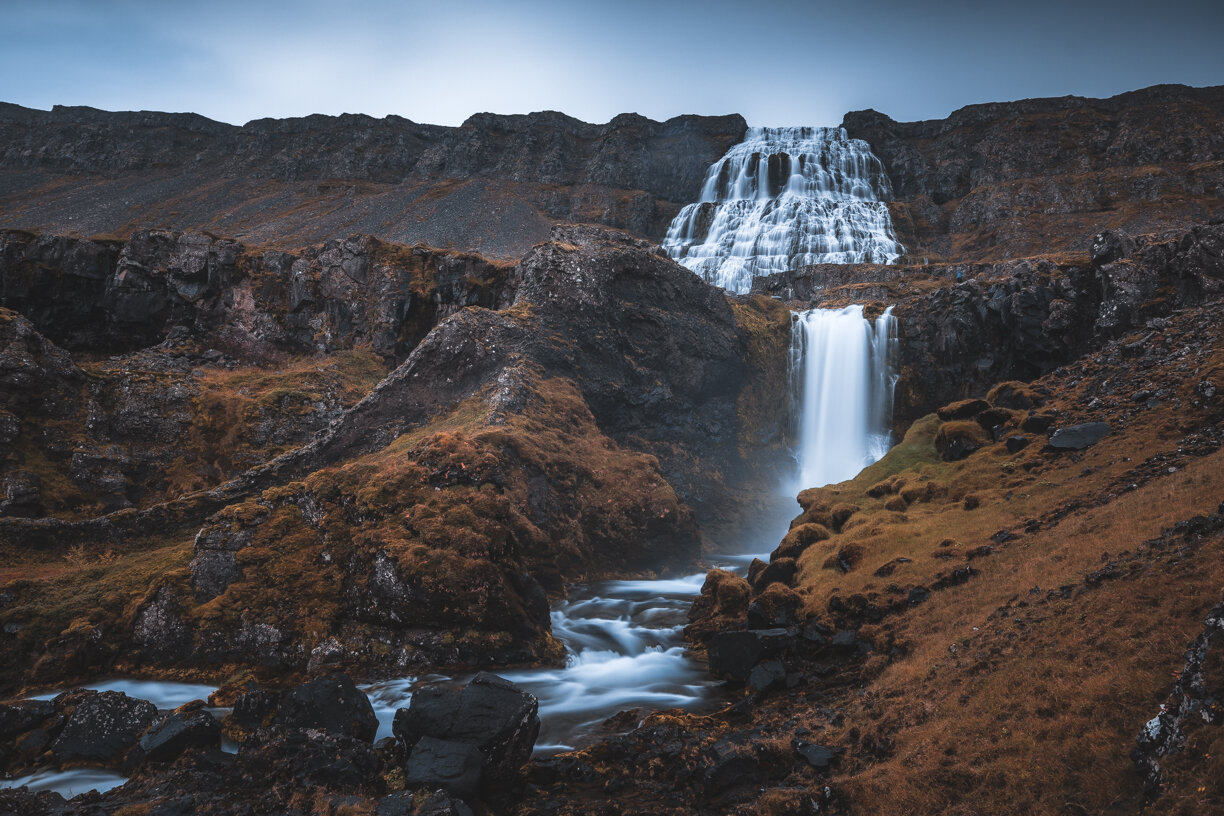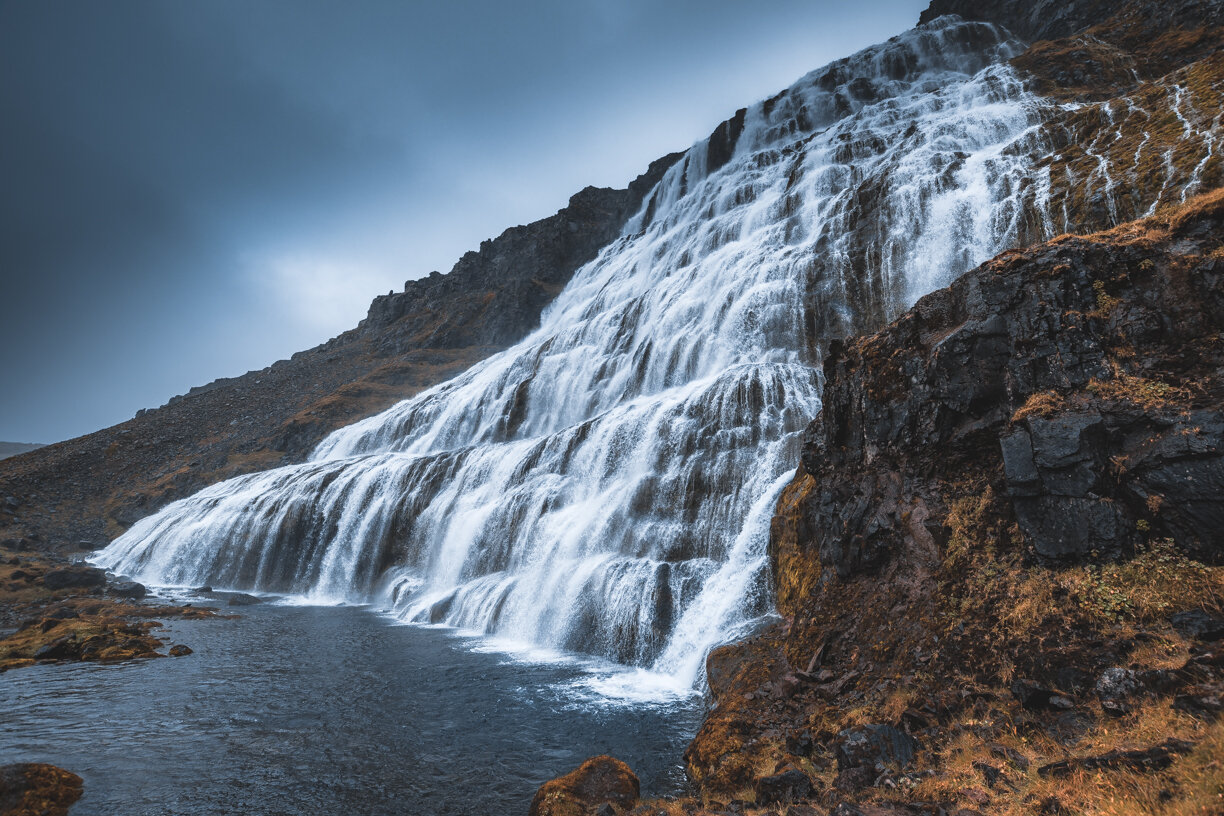Patreksfjörður is a fishing village, with about 650 inhabitants, located on the north side of the eponymous fjord. It is one of the oldest trading posts in the Westfjords. In this fjord the first potatoes were grown in Iceland in the 18th century. The main source of existence in Patreksfjörður is the fish processing industry. But tourism also plays an increasingly important role, the beauty of the region attracts many tourists. This is not surprising, because the fishing village has gems such as the Látrabjarg cliffs, Rauðasandur beach and the Dynjandi waterfall nearby.
Garðar BA 64
Just outside of Patreksfjörður there is quite an interesting site. A Shipwreck. This Icelandic ghost ship, the ‘Gardar BA 64’ is the oldest steel ship from Iceland. It was built in 1912 by a Norwegian shipyard and used for whaling in the Icelandic waters. The ship has been beached for years and is now a rusting ruin.
The ship, originally known as the ‘Globe IV’ was a state-of-the-art whaling vessel. The hull was specially reinforced to break through the icy Southern seas. During its active lifetime it was sold around to a number of different countries before finding an Icelandic owner in 1950. It was renamed ‘Garðar’ and it was used or fishing herring.
In 1981 the ship stranded at Patreksfjörður, one of the fjords in the north-west of the country. In fact the ship it is still there today. The Icelandic ghost ship is slowly rusting away.
Látrabjerg
Perhaps one of the best known places in The Westfjord area is Látrabjerg. About an hours drive from Patreksfjörður, well that is if you have a decent car for the trip. The road out there can be quite bad and rough. A 4x4 or bigger SUV is ideal for this road.
Látrabjarg is a headland, cliff and the most western part of Iceland and is also seen as the most western part of Europe (ignoring some islands of the Azores). The cliffs are inhabited by millions of birds, including puffins, gannets, guillemots and razorbills. It is of vital importance for their survival as it is home to up to 40% of the world's population of some species such as the razorbill. It is Europe's largest bird cliff, 14 kilometers long and up to 440 meters high.
Hjnótur
The previous farmer of the farm Hnjotur, Egill Olafsson († October 25th 1999) spent a large portion of his life collecting various items and articles of local and national historical importance for his museum. His interest and emphasis was for many reasons oriented towards the aviation history of the country. This museum is among the most interesting in the country and well worth the visiting. The museum also has very interesting setups from local history. Where can you see an old Viking ship, Russian airplane, a preach preparing to burry, old technology a lot of other things in the same little museum.
Dynjandi
Driving up north from Patreksfjörður will get you to the amazing Dynjandi waterfall(s). It is about a 1,5h drive one way. Water flows from the Dynjandisheiði plateau into the Dynjandisá river and then cascades down into the Dynjandi waterfall, also called Fjallfoss. The Dynjandi is the largest waterfall in the Westfjord area of Iceland. And it is a stunning location to spend some time photographing, and admiring the natural beauty and raw power of mother nature.
The waterfall is no less than 100 meters high, 30 meters wide at the top and about 60 meters wide at the bottom. The other six waterfalls further downstream are the Hæstahjallafoss, the Strompgljúfrafoss, the Göngumannafoss, the Hrísvaðsfoss, the Hundafoss and finally the Bæjarfoss. There is a footpath from the parking lot to the waterfall.
Thank you for checking out my blogpost, feel free to share this on your social media. And leave me a comment and a like. I am always looking forward to connect with my followers.

